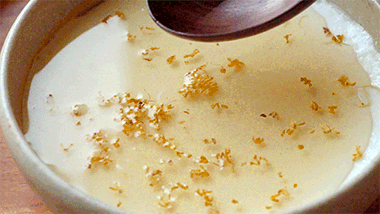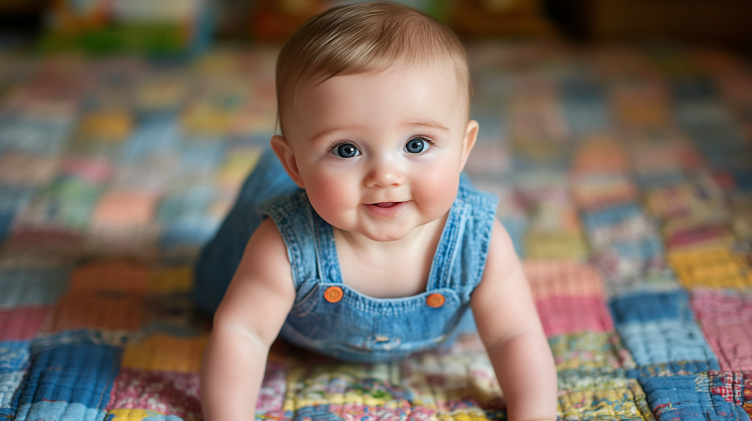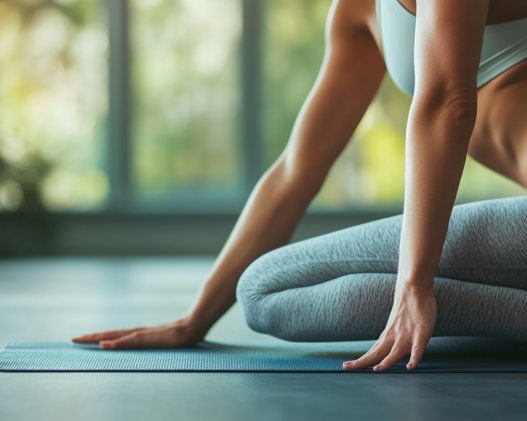At 8-10 months old, babies enter a fascinating stage of discovery. Many parents are thrilled to see their little ones progress from sitting independently to attempting their first standing positions. This phase is a critical part of a baby’s motor development, paving the way for their eventual first steps.
If you’re looking for effective ways to help your baby stand confidently, this guide will introduce proven methods to strengthen muscles, improve balance, and encourage independent standing.
Step 1: Strengthening Leg Muscles – “Kicking Practice”
Before a baby can stand, their legs must develop enough muscle strength to support their body weight. Around 8-9 months, many babies begin bearing weight on their legs while crawling, making this an ideal time for strengthening exercises.
How to do it?
- Place your baby near a firm surface, such as a sofa or wall.
- Encourage them to grab onto the surface and gently push off with their legs.
- This movement strengthens the thighs and calves, which are essential for stable standing.
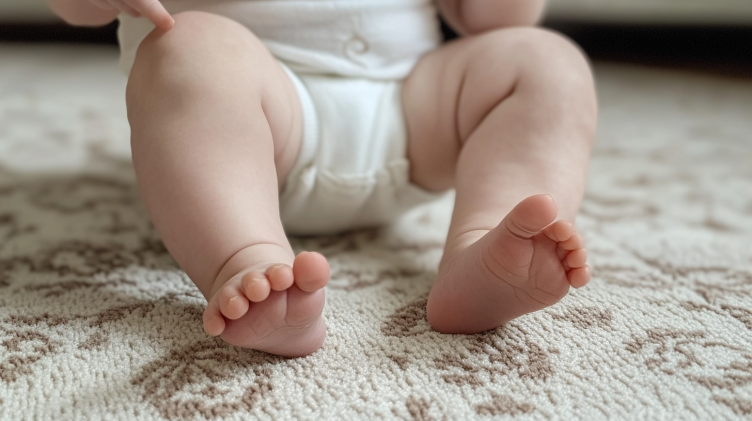
Initially, your baby may only move their legs slightly, but with practice, they’ll gain better control and stand for longer periods. This exercise also enhances their sense of balance, preparing them for standing and eventually walking.
Step 2: Support Practice – “Assisted Standing”
Babies naturally try to pull themselves up using surrounding objects. You can help build their confidence by supporting them with hand-assisted standing.
How to do it?
- Stand next to your baby and hold both of their hands as they pull themselves up.
- Once they seem stable, gradually loosen your grip to let them support themselves.
- If they can stand for a few seconds, encourage them with positive reinforcement.
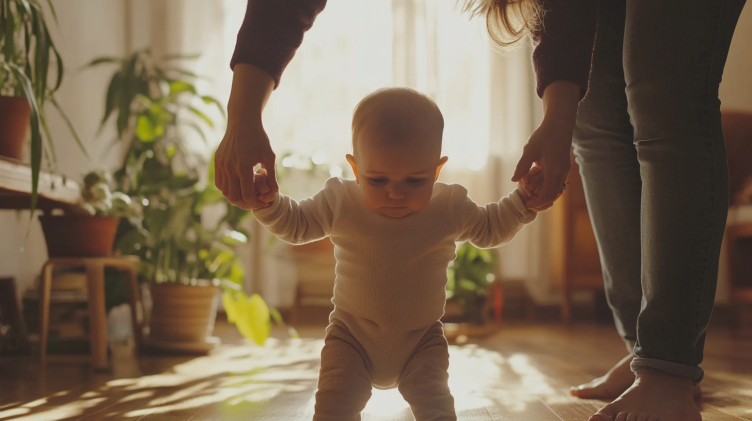
This method enhances coordination and balance, helping them feel more comfortable in a standing position.
Step 3: Encouraging Standing Through Play – “Toy Motivation”
Babies are naturally drawn to toys, making them great motivators for standing practice.
How to do it?
- Place a favorite toy slightly out of reach on a low table or couch.
- Encourage them to reach for it, prompting them to lift themselves into a standing position.

By focusing on reaching the toy, babies shift their weight naturally and strengthen their leg muscles. This activity makes standing fun and engaging, reinforcing it as a positive experience.
Step 4: Using Furniture for Support – “Standing with Stability”
Many babies use household furniture to stabilize themselves when learning to stand. Parents can utilize this tendency by incorporating safe furniture into their training.
How to do it?
- Place your baby near a stable surface like a sofa, coffee table, or crib railing.
- Encourage them to hold onto the surface and support themselves while standing.
- Always remove sharp or unstable objects nearby to prevent accidents.

At first, your baby may need more support, but as their strength and balance improve, they will gradually rely less on external support.
Step 5: Gradually Increasing Independence – “Letting Go Over Time”
Once your baby becomes comfortable standing with support, it’s time to reduce assistance gradually and encourage independent standing.
How to do it?
- Observe their confidence and readiness before reducing support.
- Gradually increase the duration of independent standing.
- Offer encouragement and celebrate small milestones.
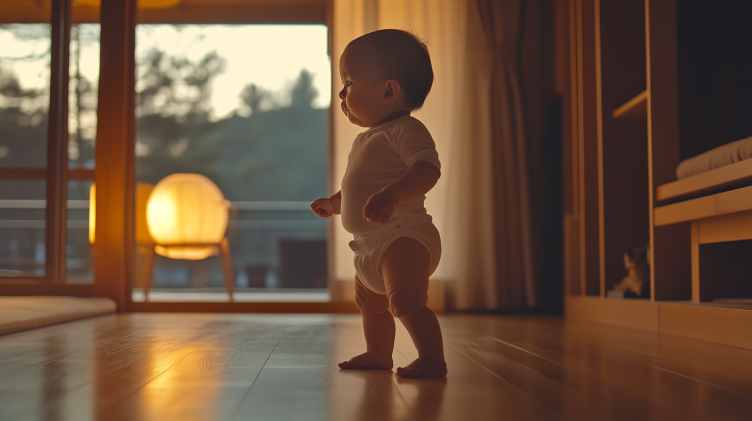
This method ensures that babies build confidence at their own pace, making standing a natural and enjoyable process.
Safety Tips for Baby Standing Training
Learning to stand involves frequent falls, so parents should take precautions to ensure safety.
1. Remove Obstacles
Keep the area free of sharp objects and unstable furniture to reduce the risk of injury.
2. Supervise Closely
Even if your baby is standing independently, always stay nearby to prevent unexpected falls.
3. Provide a Soft Landing
Place your baby on a cushioned surface or play mat to minimize the impact of falls.

Conclusion: Every Baby Stands at Their Own Pace
With consistent practice, patience, and encouragement, your baby will master standing and move on to their next major milestone—walking.
Every baby develops at their own speed, so avoid rushing the process. Celebrate small achievements, and soon, your little one will be confidently taking their first steps toward independence!





